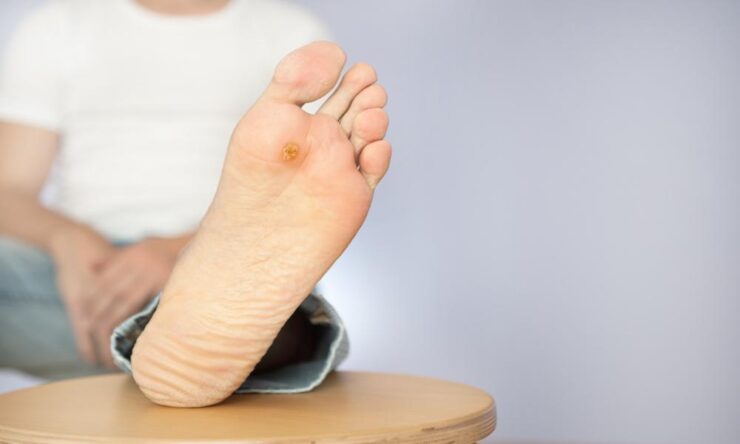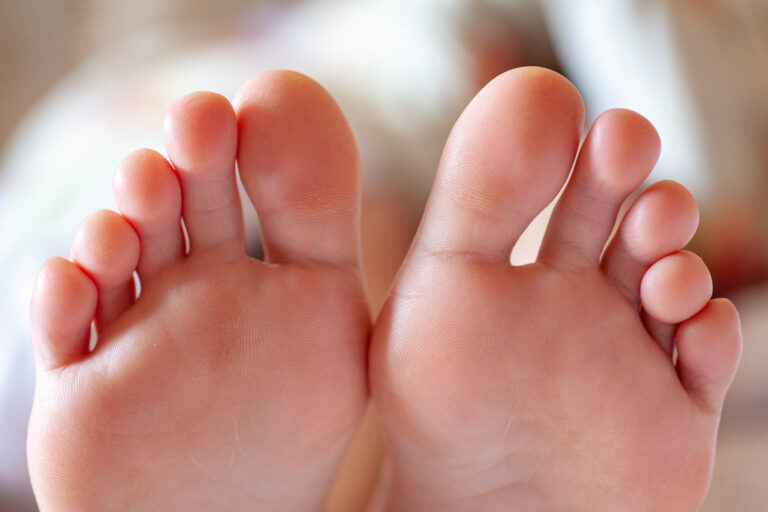Poorly controlled diabetes causes poor circulation and nerve damage to the feet. Sometimes the damage can be severe and necessitates professional diabetic foot care. How do you know if you have diabetic feet and when to see a doctor? Here are some of the most common signs of diabetic feet.
Diabetic Neuropathy
If you experience a frequent tingling or burning sensation in your feet, diabetic neuropathy could be the culprit. This condition refers to a lack of feeling due to poor blood circulation. It occurs when fats narrow the feet’s blood vessels, leading to complete numbness. Severe diabetic neuropathy can be dangerous since it precedes fatal symptoms like foot ulcers that often result in amputations. If you experience consistent tingling or burning in your feet, seek medical attention as soon as possible.
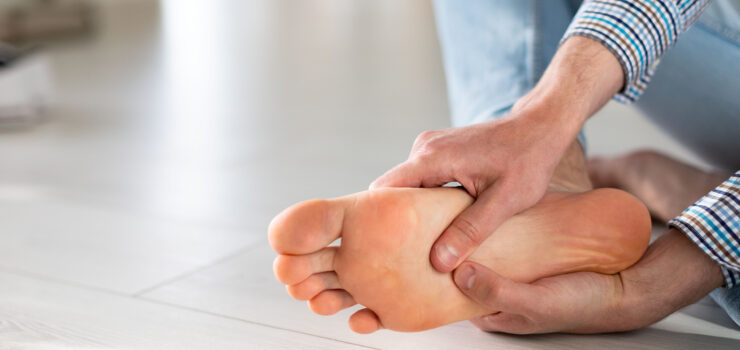
Foot Ulcers
Diabetic foot ulcers (also called diabetic neuropathic foot ulcers) are open sores or wounds prevalent on the foot’s bottom. They affect approximately 15% of all diabetes patients. These wounds may develop on the top of the foot or between the toes. Foot ulcers often develop due to peripheral neuropathy (neuropathy of the limbs) because of poor blood flow.
Diabetic wounds take a long time to heal and can break the skin further without immediate medical attention. However, not all foot ulcers are diabetic related; some result from poorly fitted footwear and trauma from walking barefoot. It is best to receive a medical check-up to determine your candidature for diabetic foot ulcers and further treatments.
Foot Infections
A common complication of diabetic neuropathy is foot infections. Since neuropathy numbs the feet, it can be difficult to notice any wound until it becomes severe. People always ask what causes toenail fungus and feet infections, they mostly occur when bacteria or fungus get into the cracked skin or wound. Fatal feet infections may spread into the bloodstream and the bones or lead to gangrene. In such a situation, the doctor may have no other option other than recommending a lower extremity amputation.
Other signs of foot infections to look for include:
- Pain and swelling
- Odor
- Change in skin color
- Slow-to-heal wounds
- Drainage
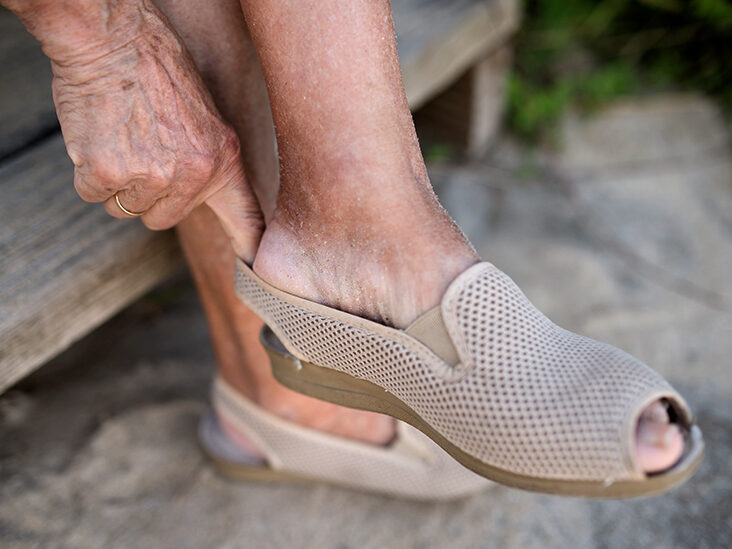
Blisters
Blisters are bubbles that pop up on your feet as a result of fluid accumulation. People with diabetes are at risk of getting blisters for several reasons.
Firstly, diabetic neuropathy makes it difficult for patients to know when their shoes are too small. Walking in shoes that are too small causes constant friction, which results in blisters.
Secondly, diabetes also causes spontaneous blister formation. Doctors refer to this condition as bullous diabeticorum.
Professionals advise against popping the blisters as this may cause infections. Instead, they recommend using antibacterial cream. A medical professional will determine the most appropriate one for you.
Corns and Calluses
Corns and calluses usually develop on toes, pads of feet, or at the bottom of feet. They’re thick patches of skin that develop when areas of the skin rub against each other or something else repeatedly. Corns and calluses often result from ill-fitting shoes, walking without socks, going barefoot, or standing or walking for long. They may not imply diabetes, but they sometimes do, especially if you experience other signs of a diabetic foot.
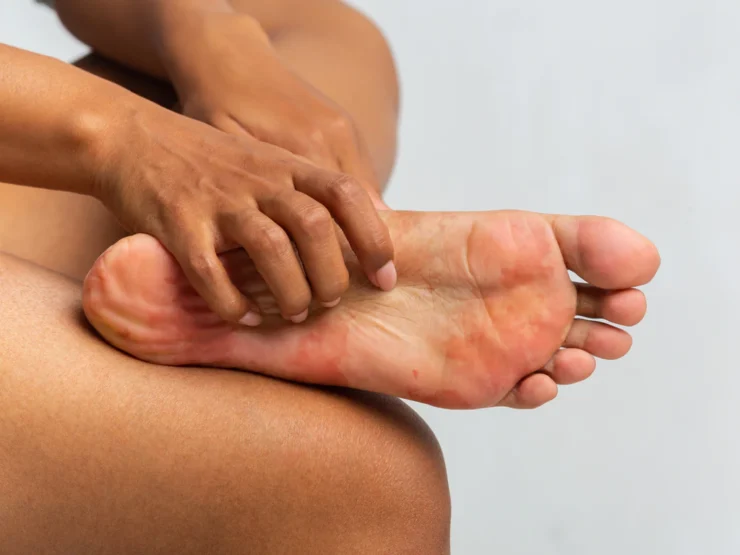
Plantar Warts
Plantar warts are hard, grainy growths that usually appear on the heels or balls of your feet. They can be painful, and they’re caused by a virus. They’re not always a sign of diabetes, but they may indicate that you have a weakened immune system due to diabetes.
Other signs of diabetic plantar warts to check for include:
- Wart seeds—small black pinpoints that occur commonly between the toenails
- Skin tenderness or soreness when standing or walking
- Skin lesions around the foot’s ridges
Get Immediate Diabetic Foot Care
Signs of diabetic feet differ in severity. Some, like calluses, are easy to treat. Others, like infections, are more complex.
It’s always better to seek immediate diabetic foot care if you experience any of the above-discussed signs. Your doctor will recommend the most appropriate course of treatment.
